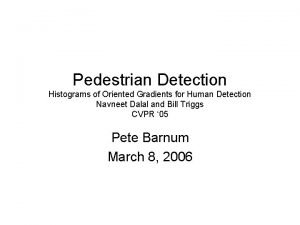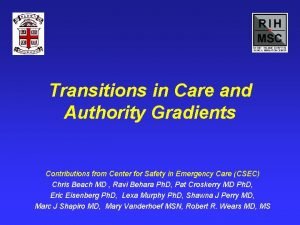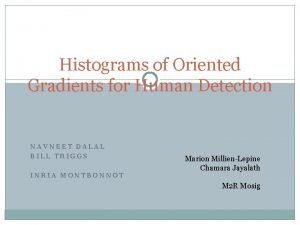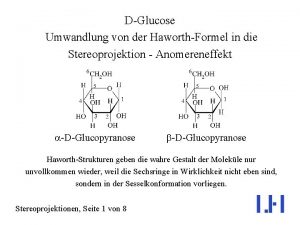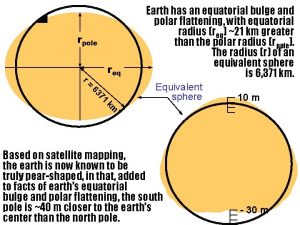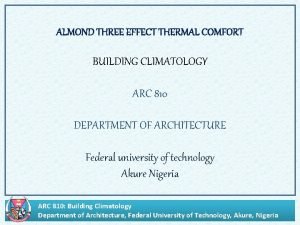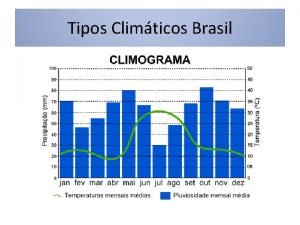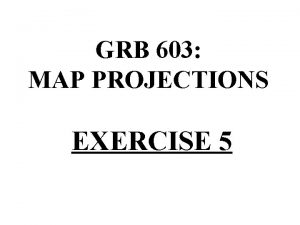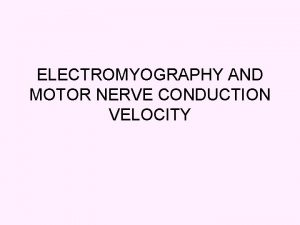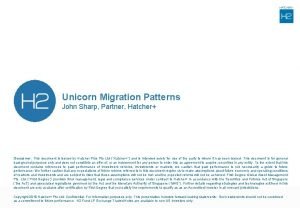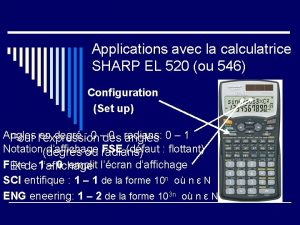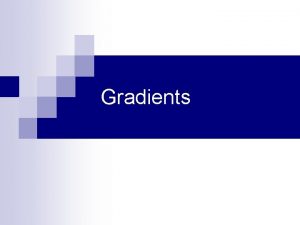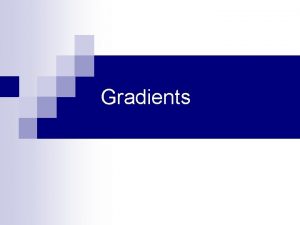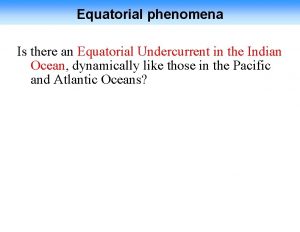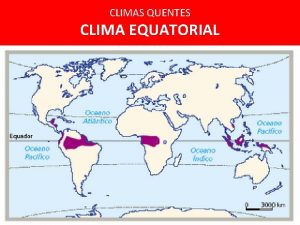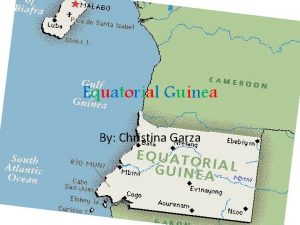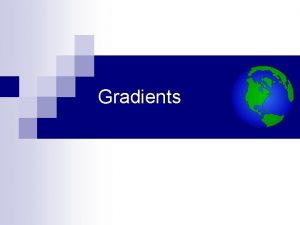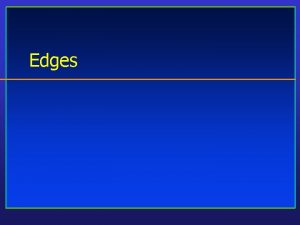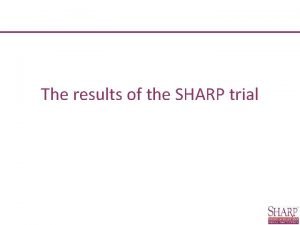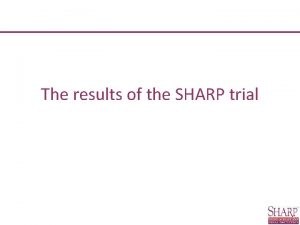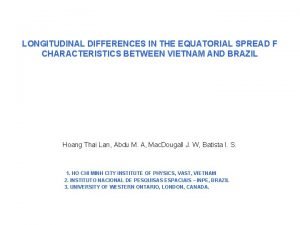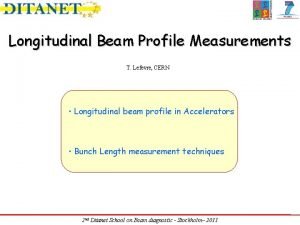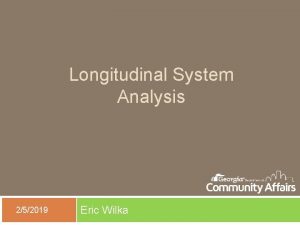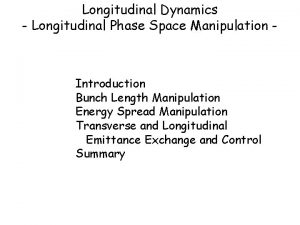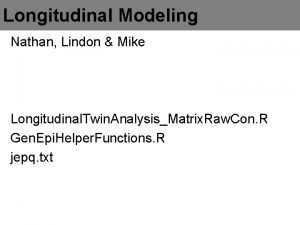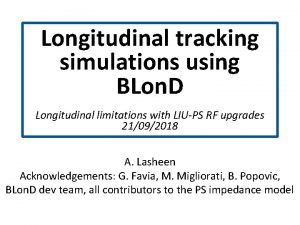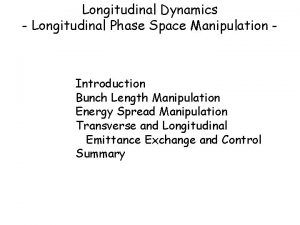Determining the Sharp Longitudinal Gradients in Equatorial Ex











![Ex. B Drift Velocity [m/sec] 70 PHILIPPI NES INDONES IA The steep longitude gradient Ex. B Drift Velocity [m/sec] 70 PHILIPPI NES INDONES IA The steep longitude gradient](https://slidetodoc.com/presentation_image_h2/c8829d17f06cccc2558a72ac1f116ade/image-12.jpg)
![Ex. B Drift Velocity [m/sec] 50 PHILIPPI NES INDONES IA All 3 days have Ex. B Drift Velocity [m/sec] 50 PHILIPPI NES INDONES IA All 3 days have](https://slidetodoc.com/presentation_image_h2/c8829d17f06cccc2558a72ac1f116ade/image-13.jpg)











![Ex. B Drift [m/s] Ion Density [cm-3] Ion Density Ex. B Drift Ex. B Drift [m/s] Ion Density [cm-3] Ion Density Ex. B Drift](https://slidetodoc.com/presentation_image_h2/c8829d17f06cccc2558a72ac1f116ade/image-25.jpg)

- Slides: 26

Determining the Sharp, Longitudinal Gradients in Equatorial Ex. B Drift Velocities Associated with the 4 -cell, Non-migrating Structures David Anderson and Eduardo A. Araujo-Pradere ( Univ. of Colorado/CIRES and NOAA/SWPC) Acknowledgements: Endawoke Yizengaw and Cesar Valladares (Institute for Scientific Research, Boston College)

Outline • Observations of the 4 -cell, non-migrating, longitude structures • TOPEX/TEC observations of the 4 -cell pattern and magnetometer-inferred Ex. B drift velocities at one of the boundaries • Quantifying the sharp longitude gradients in Ex. B drift velocities at the cell boundaries using C/NOFS satellite observations • Modeling the daytime, equatorial ion densities associated with the sharp longitude gradients in Ex. B drift • LISN magnetometer-inferred Ex. B drift velocities observed in the Jicamarca and Alta Floresta longitude sectors • Summary and future work

Diurnal, eastward propagating, non-migrating (DE 3) tides are thought to originate in the troposphere through latent heat release and to be responsible for the 4 -cell, non-migrating structures observed in the equatorial ionosphere… Observations of the 4 -cell structures Nighttime IMAGE 135. 6 nm radiances from O+ radiative recombination (Immel et al. , 2006) IMAGE = Imager for Magnetopause-to. Aurora Global Exploration. Noontime, magnetometer-observed equatorial electrojet current density vs longitude from CHAMP, SAC-C and Oersted satellites (England et al. , 2006)

Upward Ex. B Drift Velocity vs Geographic Longitude from ROCSAT-1 Satellite Between 1000 and 1100 LT (Kil et al. , 2007)

Theoretically-calculated Vertical Ex. B Drift Velocity vs Longitude and Local Time from TIMEGCM Model (England et al. , 2010)

Solar Energy Budget (from Kerri Cahoy’s ISEA talk)

Possible Mechanism that Accounts for the 4 -cell Structure – Tropical Latent Heat Release in the Troposphere from Kerri Cahoy’s ISEA talk

Ground-based, Magnetometer-Inferred Daytime Vertical Ex. B Drift Velocities Peruvian sector Philippine sector

Location of the Magnetometers Peruvian Sector Jicamarca (Geog. 11. 92 o S; 283. 13 o E Geomag. 0. 8 o N) Piura (Geog. 5. 18 o S; 279. 36° E Geomag. 6. 8 o N) Philippine and Indonesian Sectors Davao (Geog. 7 o N; 125. 4 o E Geomag. 1. 32 o S) Yap (Geog. 9. 3 o N; 138. 5 o E Geomag. 0. 5 o N) Muntinlupa (Geog. 14. 37 o N; 121. 02 o E Geomag. 6. 39 o N) Biak (Geog. 1. 08 o S; 136. 0 o E Geomag. 9. 74 o S) Indian Sector THIRUNELVELI (Geog. 8. 70 o N; 76. 95 o E Geomag. 0. 46 o S) ALIBAG (Geog. 18. 62 o N; 72. 87 o E Geomag. 10 o N)

Quantifying the Daytime, Equatorial Ex. B Drift Velocities Associated with the 4 -cell, Non-migrating Tidal Structures E x B drift [m/s] C/NOFS VEFI and IVM sensors will determine the longitude gradients in Ex. B drift velocities at each of the 4 cell boundaries INDONESIA Sharp longitude gradients in Ex. B drift velocity are responsible for sharp gradients in TOPEX/TEC between the Philippine and Indonesian sectors PHILIPPINES Local Time

The Communication/Navigation Outage Forecast System (C/NOFS) satellite is in a 13 degree inclination orbit and the Ion Velocity Meter (IVM) has been used to obtain the sharp longitude gradients in Ex. B drift velocities at the boundaries of the 4 cell structures, on a day-to-day basis C/NOFS Ion Velocity Meter (IVM) Constraints • IVM observations between 1000 and 1300 LT • Approximate LT window for maximum Ex. B drift velocity • IVM observations below 500 km • Low enough altitude so that O+ is the major ion • Observations are averaged over each degree of longitude • Due to this averaging, sharp “spikes” in Ex. B drift may be introduced. These will be analyzed at a later time, on a case by case basis • IVM observations for 2009 • Primarily the months of October, March and December Satellite and Payload
![Ex B Drift Velocity msec 70 PHILIPPI NES INDONES IA The steep longitude gradient Ex. B Drift Velocity [m/sec] 70 PHILIPPI NES INDONES IA The steep longitude gradient](https://slidetodoc.com/presentation_image_h2/c8829d17f06cccc2558a72ac1f116ade/image-12.jpg)
Ex. B Drift Velocity [m/sec] 70 PHILIPPI NES INDONES IA The steep longitude gradient in Ex. B drift velocity at the cell boundary in the Peruvian sector IVM March 23 -25, 2009 (10: 00 - 13: 00 LT) Peruvian Sector 60 March 23 (82) March 24 (83) March 25 (84) 50 40 Longitude gradient in Ex. B drift ~ - 4 m/sec/degree 30 20 10 0 -10 -20 260 270 280 290 300 Geographic Longitude 310 320
![Ex B Drift Velocity msec 50 PHILIPPI NES INDONES IA All 3 days have Ex. B Drift Velocity [m/sec] 50 PHILIPPI NES INDONES IA All 3 days have](https://slidetodoc.com/presentation_image_h2/c8829d17f06cccc2558a72ac1f116ade/image-13.jpg)
Ex. B Drift Velocity [m/sec] 50 PHILIPPI NES INDONES IA All 3 days have equivalent slopes and they delineate the increase in Ex. B drift velocity across the Atlantic sector IVM October 5 -7, 2009 (10: 00 - 13: 00 LT) Atlantic Sector 40 30 Longitude gradient in Ex. B drift ~ 1 m/sec/degree Oct 5 (278) Oct 6 (279) Oct 7 (280) 20 10 0 290 -10 300 310 320 330 Geographic Longitude 340 350

The combination of upward, daytime Ex. B drift velocity perpendicular to B and downward diffusion parallel to B by gravity and pressure gradient forces create crests in ionization at +/- 15 to 18 degrees magnetic latitude known as the equatorial anomaly. If the daytime, Ex. B drift velocities are significantly lower or are absent, then the crests in ionization are significantly closer to the magnetic equator or are absent Low Latitude Transport Mechanisms

IVM-observed Ex. B Drift Velocity and Ion Density vs Geographic Longitude on March 23, 2009 in the Peruvian Longitude Sector EQUINOX Ion Density Ex. B Drift Ion Density [cm-3] Ex. B Drift [m/s] Geographic Longitude

IVM-observed Ex. B Drift Velocity and Ion Density vs Geographic Longitude on Oct. 7, 2009 in the Atlantic Longitude Sector EQUINOX Ion Density [cm-3] Ex. B Drift [m/s] Ion Density Ex. B Drift Geographic Longitude

The Global Ionosphere Plasmasphere (GIP) theoretical, time-dependent ionospheric model has been used to calculate ion densities as a function of altitude, latitude, longitude and local time in the Peruvian and Atlantic longitude sectors to demonstrate the effects of sharp longitude gradients in Ex. B drift velocities on calculated ion density distributions GIP-calculated Ion Densities vs Geographic Latitude and Longitude at 400 km, 1400 LT Incorporating the Scherliess-Fejer Climatological Ex. B Drift Velocities x 1. 5 (Control run)

GIP-calculated Ion Densities vs Geographic Latitude and Geographic Longitude at 400 km and 1400 LT Incorporating the IVM-observed Ex. B Drift Velocities between 280 o and 340 o Geog. Long, beginning at 10: 00 LT

Comparing Magnetometer-inferred, Vertical Ex. B Drift Velocities Between Jicamarca and Alta Floresta Longitude Sectors • Critical to determine Alta Floresta’s dip latitude • We are making the assumption that it is within a degree of the dip equator • We assume a linear relationship between delta H values and Ex. B drift velocities • Choose JULIA 150 km echo observations of vertical Ex. B drift velocity vs local time for April 9, 2011 • Compared the JULIA Ex. B drifts with the Jicamarca-Piura delta H values for April 9, 2011 • Assuming a linear relationship, we determined that a linear slope of 0. 31 m/sec/n. T gave the best agreement between magnetometer-inferred Ex. B drift velocities and the JULIA observed Ex. B drift velocities • We applied this slope to the September, 2011 Jicamarca-Piura and the Alta Floresta-Cuiaba delta H values to determine Ex. B drifts

Delta H Comparisons Between Jicamarca and Alta Floresta Longitude Sectors for September 2 and 16 Assuming an Ex. B vs delta H linear slope of 0. 31 m/sec/n. T, the peak Ex. B drift velocity for Jicamarca-Piura is ~ 28 m/sec and for Alta Floresta-Cuiaba is ~6. 5 m/sec. On September 16, the peak Ex. B drift velocity is ~ 31 m/sec in the Jicamarca longitude sector and ~ 13 m/sec in the Alta Floresta longitude sector.

Delta H Comparison for a Geomagnetically Disturbed Day on September 17

Summary and Future Work • Very sharp longitude gradients in daytime, vertical Ex. B drift velocities are observed by the C/NOFS IVM sensor at the boundaries of the 4 -cell, non-migrating ionospheric structures • These sharp gradients occur on a day-to-day basis • Incorporating these Ex. B drift velocities into a theoretical, timedependent ionospheric model produces sharp longitude gradients in calculated ion densities and TEC values • Sharp longitude gradients in Ex. B drifts are also observed from groundbased magnetometer measurements between the Jicamarca longitude sector (284 E. geog. long. ) and the Alta Floresta longitude sector ( 304 E. geog. long. ) • Do the LISN chains of GPS receivers observe sharp longitude gradients in observed TEC values? • Related to the 4 -cell boundary between the Peruvian and Brazilian sectors, the major advantage of LISN is the ability to obtain continuous, day-to-day observations of TEC and Ex. B drifts to determine seasonal changes and whether these occur gradually or abruptly

Q&A

![Ex B Drift ms Ion Density cm3 Ion Density Ex B Drift Ex. B Drift [m/s] Ion Density [cm-3] Ion Density Ex. B Drift](https://slidetodoc.com/presentation_image_h2/c8829d17f06cccc2558a72ac1f116ade/image-25.jpg)
Ex. B Drift [m/s] Ion Density [cm-3] Ion Density Ex. B Drift

 Pressure gradients in the heart
Pressure gradients in the heart Histograms of oriented gradients for human detection
Histograms of oriented gradients for human detection Steep authority gradient
Steep authority gradient Histogram of oriented gradients for human detection
Histogram of oriented gradients for human detection Climas quentes equatorial
Climas quentes equatorial What are the characteristics of equatorial climate
What are the characteristics of equatorial climate Cerclage haubanage rotule
Cerclage haubanage rotule Sesselkonformationen
Sesselkonformationen Equatorial radius of the earth
Equatorial radius of the earth Effective temperature nomogram
Effective temperature nomogram Desserts in africa
Desserts in africa Clima equatorial úmido nordeste
Clima equatorial úmido nordeste Equatorial radius of the earth
Equatorial radius of the earth Climograma equatorial
Climograma equatorial Els climes del mon
Els climes del mon Principais climas do brasil
Principais climas do brasil Tan 15
Tan 15 Equatorial region project
Equatorial region project Sharp aquos k shf3
Sharp aquos k shf3 Anterior innominate
Anterior innominate Art elements line
Art elements line Positive sharp waves emg
Positive sharp waves emg Blackboard xythos
Blackboard xythos Omnivore examples
Omnivore examples John sharp hatcher
John sharp hatcher Pairwise disjoint
Pairwise disjoint Winter moon poem
Winter moon poem

